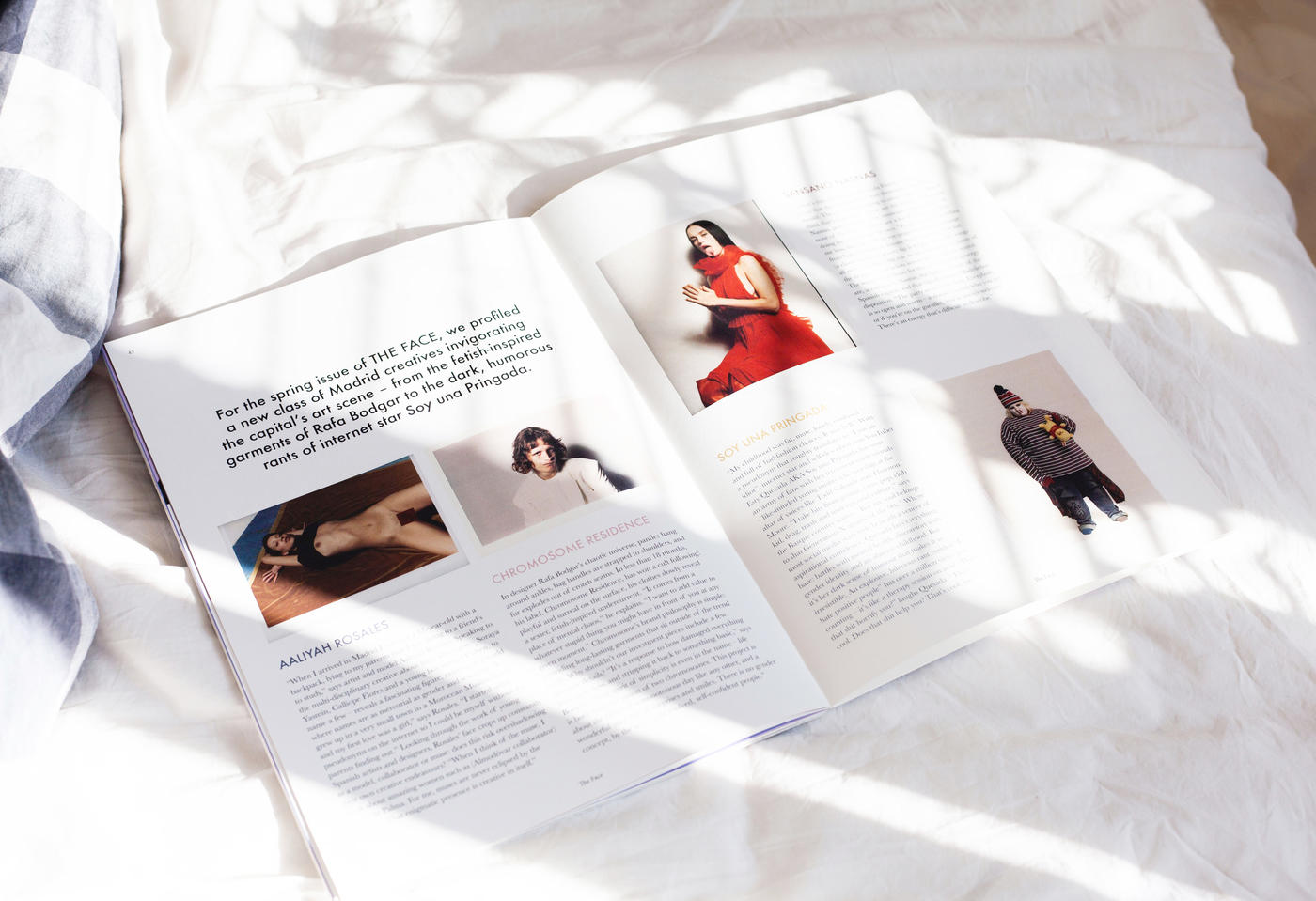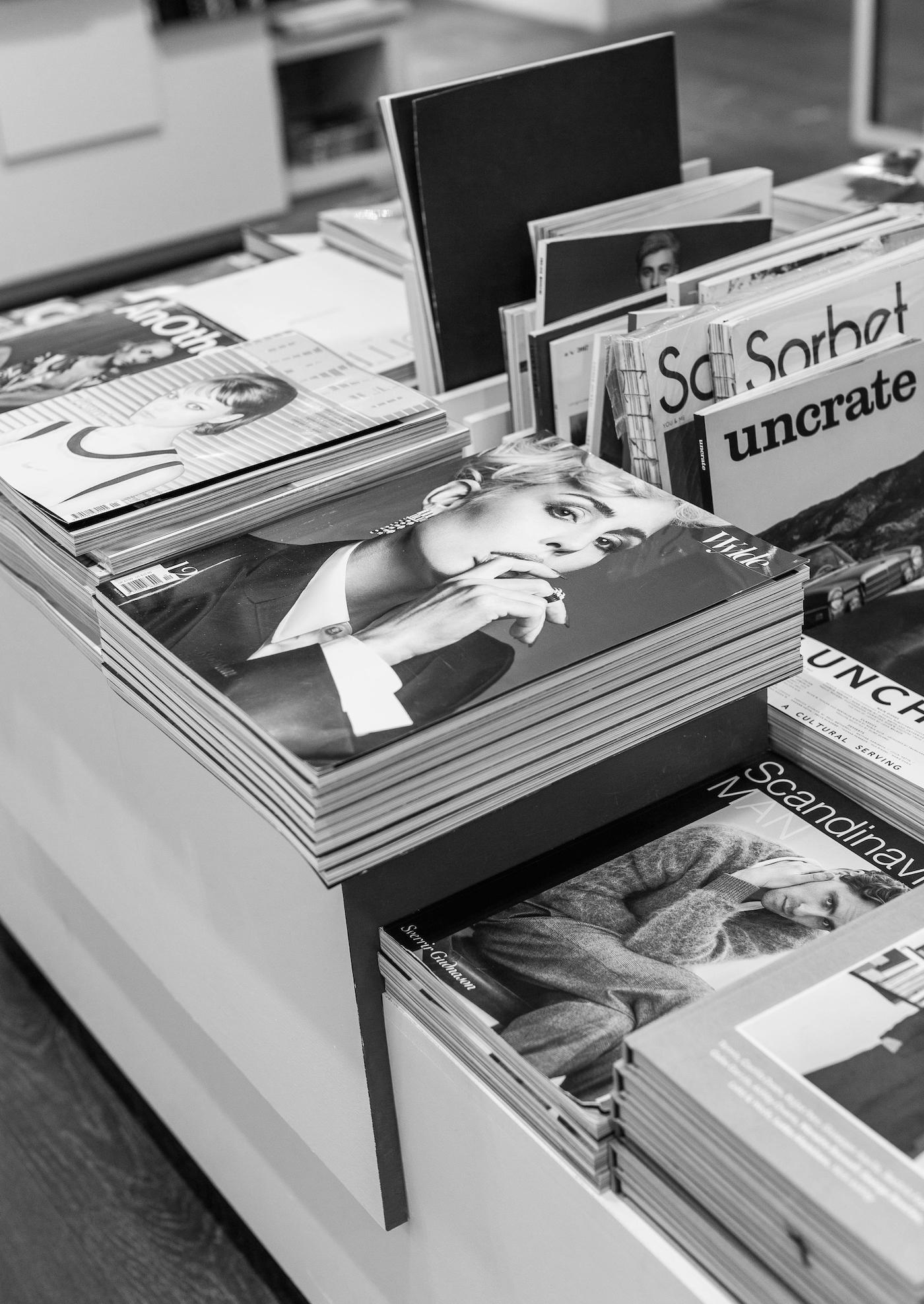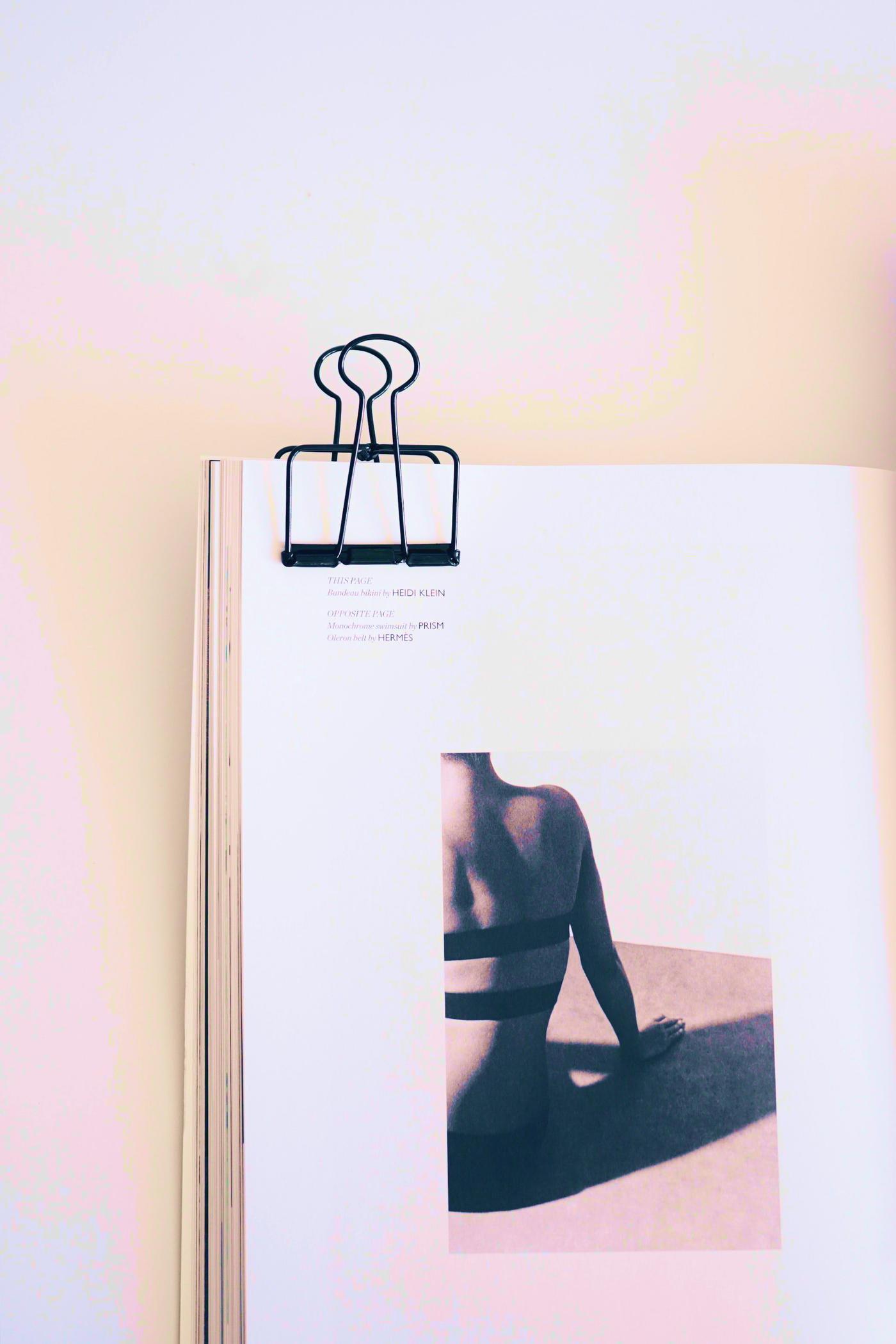 Photography: Photo by Nicole Angelova
Photography: Photo by Nicole Angelova In a world full of biased social media algorithms, 30 second viral clips that hold 24 hour lifespans, and a rapid, blink-and-you-miss it news cycle, what exactly qualifies as achievement today?
I spoke to a younger girl the other day who told me that it was both her wildest dream and her worst fear to become an artist today. Unbelievably confused by her statement and unable to immediately make much sense of it, I asked her why. She told me that she didn’t find today’s society nor our culture to be conducive with true fine art. It scared her that she would spend weeks on a painting that would solely become a blip on an Instagram feed, merely receiving a one second glance from a temporary admirer before they quickly scrolled down further just to consume even more ephemeral content. I never quite thought of it like that before. When I did, it scared me too.
Although a professional fine artist I am not, I am someone who has lived through the drastic, polarizing, and often demoralizing changes of the news cycle.
I received my first article in the press in 2008 at the age of fourteen, a time that I often consider to be the golden age of print. Soho News and Iconic Magazines on the Bowery were packed every single weeknight, with tens of people clamoring to grab an edition of their favorite publications before they inevitably would sell out. The collective work of hundreds or thousands of people became tangible through this ritual. This content held permanence. It was inspiring. It was exciting.
But back then, press meant something. Today, well, it doesn’t really mean much of anything. Let me explain.
When print ruled the world, a publication had a finite amount of space to feature individuals or companies within their edition. The content was supreme – hundreds of hours were poured into each issue, and it showed. The people who made their way onto the pages themselves had also spent thousands of hours perfecting their crafts – they simply didn’t have the space to allot for anyone who didn’t. To put it simply, it was a time where quality unapologetically trumped quantity. The content stayed on every reader’s radar for a month, if not for two or six. People’s work held a certain sense of permanence. It felt electric, and it was beautiful.
In the early to mid-2010s, a massive and very sudden shift occurred. Publications, seeking to streamline the publishing process and concurrently save money, began shifting all of their content from print to digital. With dollar signs in their eyes and a seemingly endless flow of ad revenue in front of them, the equation became simple: the more articles you publish, the more page views you receive. The more page views you receive, the more ad revenue you can generate. Quality no longer was king – the more content, the better.
So what happened as a result of that? Well, in a world where quantity outsells quality, the standard of features and content plummeted. The news cycle quickened to an incredibly unobservable pace. Whereas ten years ago a feature piece would garner a reader’s attention for anywhere from a week to six months (depending on a media outlet’s frequency), today you get a few hours before the next feature is swiftly taking your place. Maybe you get a day – that is, if you’re lucky.
Press no longer pushes sales. It no longer moves the needle. And the reason for this is because in a world where everyone gets featured, what value does it truly hold? In a world where creatives have simply become thinly veiled vehicles of revenue for media outlets, swiftly replaced by the next quick hit within a few hours, what does press even mean? In a society where new articles are posted by a publication every few minutes, who can observably take it all in – and, better yet, retain it?
I think of icons who completely changed the face of our culture today, so much so that we may not even remotely sense it on the surface. I think of women that I lionize like Lydia Lunch and Kembra Pfahler. Would they have had a million Instagram followers in the 70s and 80s? Probably not. They were decades ahead of their time – I could argue that they may still even be ahead of our time today. That means that they did something right.
 Photography: Charisse Kenion
Photography: Charisse Kenion So in a world where you can pour hundreds of hours into a piece of work only to have it show up on a screen for one second before someone mindlessly scrolls past it, what does the completion of work even mean? In a world where people buy their followings and views and join secret hype groups just to drastically increase each other’s engagement, what do metrics even mean? In a society where “influencers” have replaced truly influential industry professionals in the front rows at fashion week, what do our traditional career hallmarks even mean? In an Instagram-driven world where selfies are given algorithmic provenance over vital, textual information, how do we disseminate what actually matters today?
My values over the past ten years have changed drastically – though, I think, for the better. I don’t do much press anymore and I certainly don’t strive for a social media following. But overall, these are questions that I just can’t answer. What do things mean today, when they really amount to nothing? If we’re not okay with that, then how do we change it?
 Photography: STIL
Photography: STIL “There seems to be a communal groan over the usage of social media, unfair, stilted algorithms that strongly prioritize paying users, as well as an overwhelming dejectedness for the direction that our culture is heading. But even so, how do we collectively change the channel?”
I don’t have all of the answers, but I suppose the most positive way forward is to simply try our best to become the change that we wish to see. I don’t have a TikTok because I dislike ephemeral, self-centered content. I try to not post to Instagram too often so that I don’t get swept up in the digital popularity contest that today has become – actually to me, the less attention that I put towards it altogether, the better. I try to establish companies (like this one) that offer timeless products and media that people can consume happily for years to come – things that defy trends and will stand the test of time. I try to make advancements toward a more balanced life every single day. Not letting in the noise has become my main goal.
“In a world that exclusively prioritizes larger than life metrics, perhaps private, individual changes are truly the only way to collectively move forward – one in which we intimately grow apart simply to bring us all closer together.”